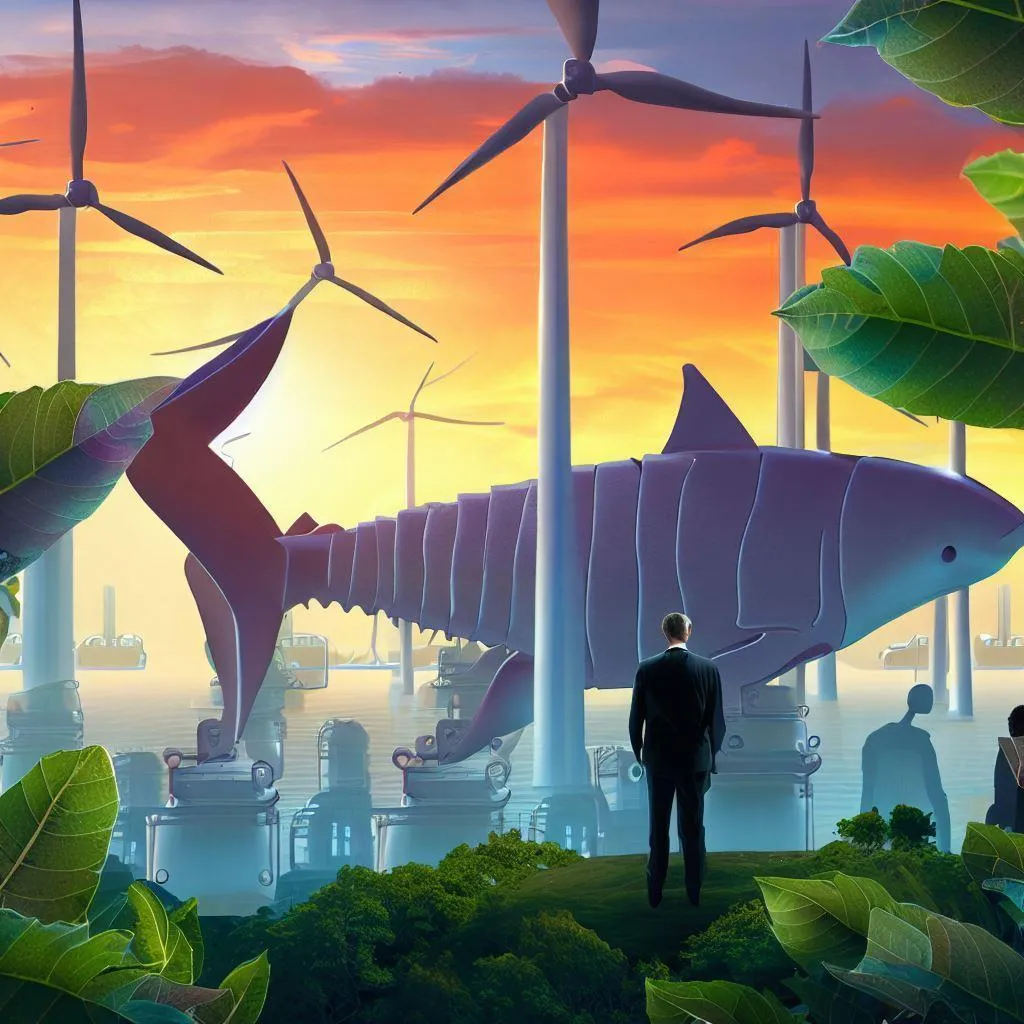
You too can Unlock the Potential of Bio-inspired Designs for the Industry Revolution
When we think of innovation, often, our first instinct is to look to the future, to the next big technological advance. But what if the key to industry-specific innovation wasn't in the future, but in the past? More specifically, in the natural world that has been evolving for billions of years. Welcome to the world of bio-inspired designs, where nature meets industry in a transformative dance.
Nature’s Ingenuity: A Masterclass
The natural world is a vast, complex, and intricate system that has survived and thrived through countless challenges. Plants, animals, and microorganisms have evolved over time to best fit their environments. Their survival tactics, from the intricate weave of a spider's web to the aerodynamic structure of a bird's wing, are examples of nature's innovation at its finest.
The Bio-inspired Approach in Action
Let's look at some real-world applications of bio-inspired design in industry:
1. Sharkskin-inspired swimsuits: The peculiar pattern on a shark's skin reduces drag and increases speed. Borrowing this design, swimsuit manufacturers have produced ultra-efficient swimwear for competitive swimmers.
2. Velcro: The concept for this revolutionary fastener was conceived when a scientist noticed how burrs clung to his dog's fur. He realized the tiny hooks of the burrs could be replicated to create a new type of fastener.
3. Whale fin wind turbines: Some wind turbine blades are designed based on the fins of humpback whales, leading to increased efficiency and reduced noise.
Integrating Bio-inspired Design in Industry
Implementing bio-inspired designs into industries requires a structured approach:
1. Observation: This is the starting point. Spend time in nature. Understand the mechanisms that make a particular plant or animal thrive in its environment.
2. Conceptualization: Relate the observed mechanisms to human-made systems. How can a gecko's ability to stick to walls influence the design of adhesive materials?
3. Prototyping: Create preliminary designs and test them in real-world conditions. Feedback is essential to refine and optimize the model.
Implementation: Once the design is proven, incorporate it into mainstream industrial processes.
Challenges and Solutions
Bio-inspired designs do face challenges. One major concern is the translation of organic structures into inorganic materials. However, with advancements in materials science and 3D printing, creating intricate designs has become feasible.
Another challenge is the scaling issue. What works for a small insect might not directly apply to a large machine. But with computational modeling and simulations, scale-related issues can be addressed.
The Way Forward
The marriage of nature's ingenuity with human innovation promises a sustainable and efficient future. Industries looking for breakthroughs should turn their gaze to the great outdoors. There's a treasure trove of ideas waiting to be discovered.
By adopting bio-inspired designs, industries we all can achieve unprecedented efficiency, sustainability, and creativity. The next time you seek inspiration, don't just look to the future; look around you. Nature has been innovating for billions of years, and it's time we paid attention.




